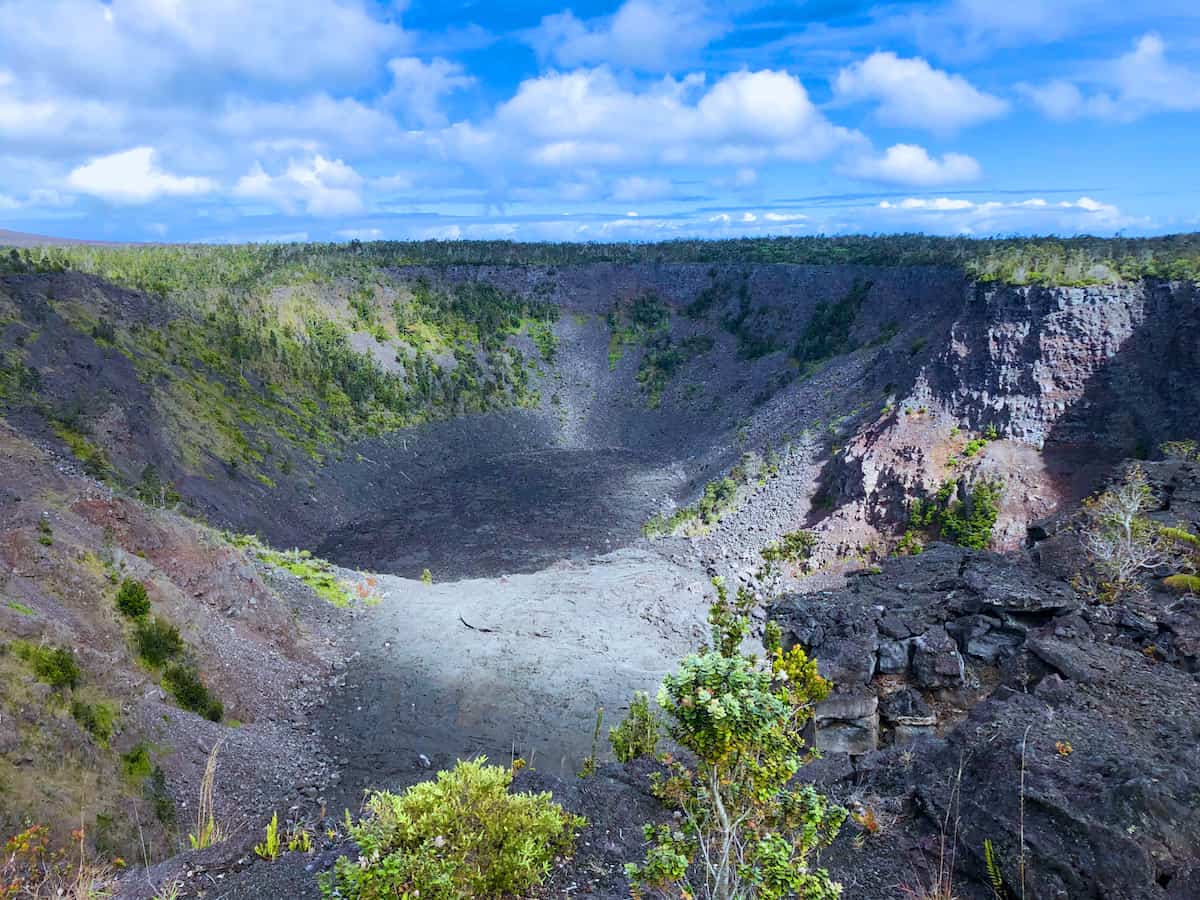
At the center of the island of Hawai’i is an explosive core, surrounded by heavenly Polynesian flowers and beaches of every color with gentle sea breezes. As the oldest and largest island, it is dominated by the pair of volcanoes that created the island. Both Kīlauea and Mauna Loa are the most active volcanoes in the world. To learn more about the volcanic past and present, visit Hawaii Volcanoes National Park for a lesson in volcanology and how the land recovers after an eruption. An easy park to explore in one day, here are the top things to do in Hawai’i Volcanoes National Park.
Hawai’i Volcanoes National Park At a Glance
| Year Established: 1916 |
| Located: The Island of Hawaii (The Big Island) |
| Size: over 320,000 acres |
| Top Features: Kilauea and Mauna Loa volcanoes and Volcano House |
Best Things to Do Hawaii Volcanoes National Park
Stop by the Visitor Center.
Take a scenic drive.
See the Sea Arch.
Hike along a Crater.
Explore a Cave
See a Nēnē.
Earn a Junior Ranger Badge with the kids.
Grab a bite at the Volcano House.
Spend the Night.
Is it Erupting?
With a major eruption in 2018 followed by a period of calm and subsequent minor eruptions, Hawai’i Volcanoes National Park is home to the most active volcanoes in the world. The last visible erupting lava and night glow happened in March 2023.
Even if it is not erupting during your visit, there is still plenty to see. I visited during a period of calm and enjoyed my visit to this unique national park.
For the most up-to-date information about the volcanic activity at Hawai’i Volcanoes National Park, consult the NPS website.
National Parks with Volcanoes
Visitor Centers in Hawaii Volcanoes National Park
Hawai’i Volcanoes National Park is a top destination on the Big Island of Hawaii. The top thing to see is the volcanoes, Mauna Loa and Kīlauea. Before heading out and exploring, I recommend you stop by the Volcanoes National Park.
Kīlauea Visitor Center offers an interpretive area and an information desk with maps and Junior Ranger Booklets. It is the place to learn more about volcanic activity.
In addition, this area offers full-service restrooms, a bookstore and the Volcano House (lodging and a restaurant) is close by.
Located at the main Hawai’i Volcanoes National Park entrance. Open daily from 9 a.m. to 5 p.m.
Note: The Jaggar Museum was damaged in 2018 and demolished.
Scenic Drives in Hawaii Volcanoes National Park
While in the park, I recommend you take in the scenery along the Chain of Craters Road. This is a scenic drive with the sea arch and the dramatic shoreline. Since the park is on the windward side of the island, enjoy the rainforest landscape and bright birds, many of which are native to Hawaii.
Crater Rim Drive—Located near the Visitor Center with several overlooks of the volcanic crater along with steam vents, including sulphur vents. It features native plants and birds in a drive that can take an hour. This is where to see the crater of
Chain of Craters Road—An 18-mile (28-km) road crosses lava fields on its way to the coast. Several buildings were destroyed and covered by lava during eruptions. Find the Hōlei sea arch near the terminus. No food, water or restrooms are located along the road.
See the Sea Arch
The Hōlei Sea Arch formed as the surf eroded the lava-formed coastline. All that remains is a sea arch, like the Hōlei Sea Arch, located at the end of the Chain of Craters Drive.
It is about 90 feet tall and offers a dramatic view of the deep blue Pacific Ocean crashing against the back lava.
Top Things to Do at Haleukala National Park on Maui
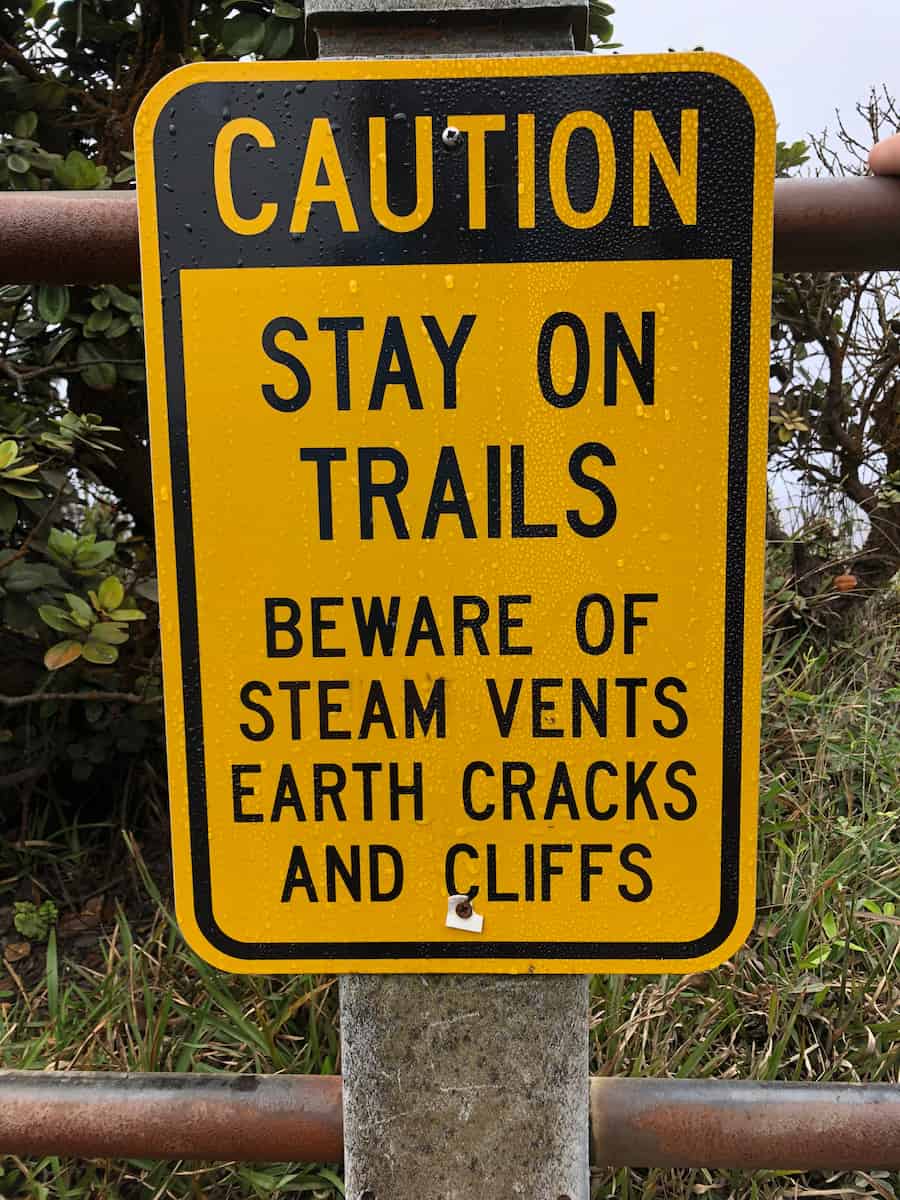
Hiking in Hawaii Volcanoes National Park
Crater Rim Trail—A winding level trail that starts at Kīlauea Iki Overlook and continues to Keanakāko’i. Access the trail from the Kīlauea Visitor Center, the Volcano House, Crater Rim Drive or Stream Vents. You don’t have to complete the whole trail to enjoy the view.
Mauna Ulu Trail—A 2.5-mile (4 km) moderate trail along the 1969 to 1974 eruption, including climbing a cinder cone.
Pu’u Loa Petroglyphs—A 1.4-mile (2.2 km) boardwalk trail with the best-preserved petroglyphs on the Hawaiian Islands. The lava field is 500 years old, with 23,000 petroglyphs.
Ha’akulamanu (Sulphur Vents)—A 1.2-mile (2 km) level trail that starts at the Kīlauea Visitor Center to see the volcanic gas vents. Not suitable for those with repository issues along with small children and babies. My youngest complained of the smell.
Pu’u Huluhulu Cinder Cone–A 2.5-mile roundtrip hike to see a cinder cone. During an eruption, sometimes hills grow around a vent, producing a cinder cone.
Explore the Nāhuku Thurston Lava Tube
You can explore the lava tube (cave) created from an eruption 500 years ago. The tube features electric lights, so you can see the geological features, and there is a boardwalk.
The hike is a 1.5-mile (2.4 km) round-trip from the Kīlauea Iki Overlook. The lights are on from 8 a.m. to 8 p.m., and parking is limited.
Mt St. Helens National Monument in Washington
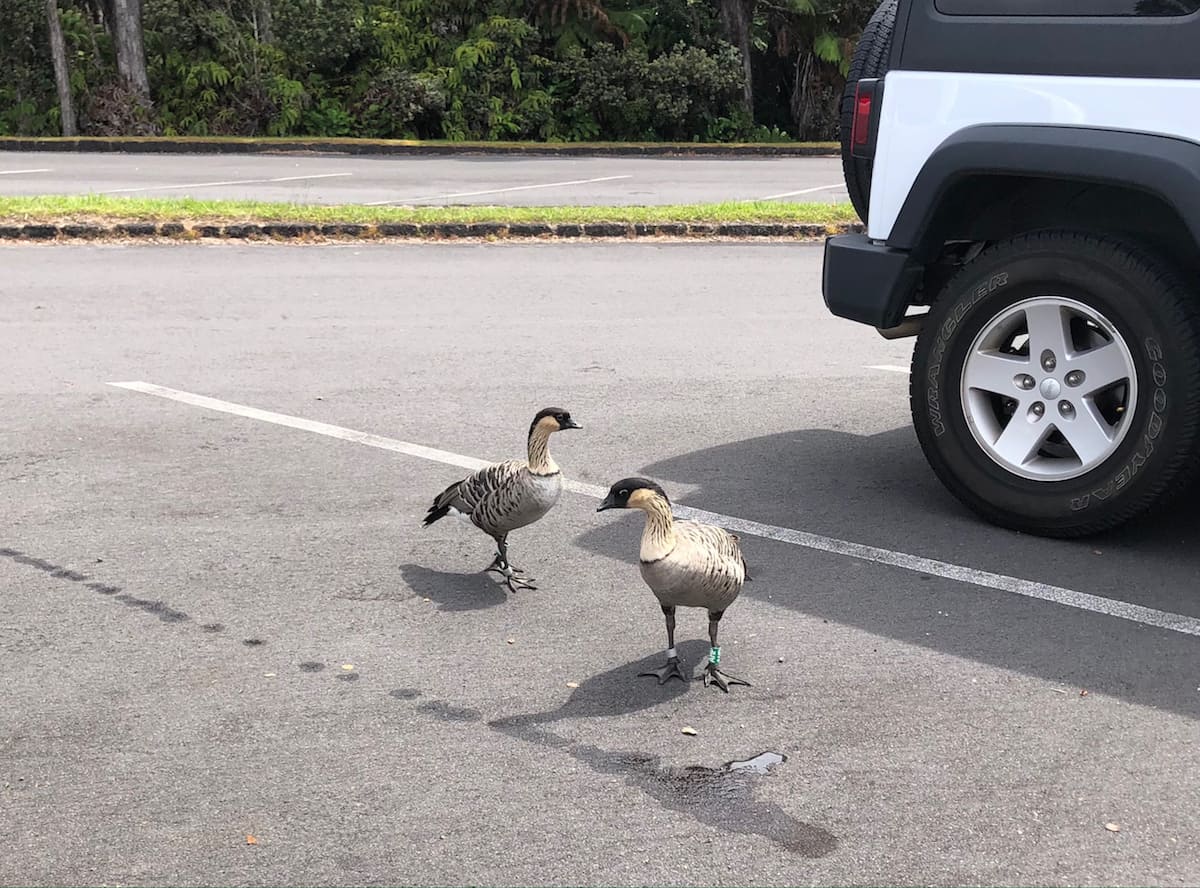
See a Nene at Hawai’i Volcanoes
Most animals that reached the Hawaiian Islands came by air or sea. They remained isolated and adapted to become native Hawaiian species, especially birds.
Nēnēs, or Hawaiian geese, are the state bird and are endangered. They can be found in parking lots throughout the park. They are protected birds, so please take care when in their vicinity. Do not feed them.
‘Apapane is an abundant red bird that eats from one plant.
‘Lo is a Hawaiian hawk and is frequently found in the park.
Ranger Programs at Hawai’i Volcanoes National Park
Ranger programs are offered and are free to attend. Each covers a subject, and some include a guided hike. For the daily offerings, visit the visitor center. The NPS calendar also offers a listing of the Ranger Programs.
Kids and Pets at Hawai’i Volcanoes National Park
The Junior Ranger Program is the go-to program for families to learn more about a National Park Service site. It’s free and takes about two hours to complete.
You can get a booklet at the Visitor Center and complete the activities as you explore the park. Then, return to the visitor center for the cool badge. My kids love the badges the Rangers present them with after they complete their booklet.
BARK program
Hawai’i Volcanoes National Park welcomes pets as long as they practice the principles of the BARK program. Pets are welcome along Mauna Loa Road, most paved parking areas and surrounding curbs, and some areas in Kahuku.
B–Bag waste and dispose of it in the trash
A–Always leash your dog for their safety and others
R–Respect wildlife
K–Know where you can go
Guide to Junior Ranger Badges
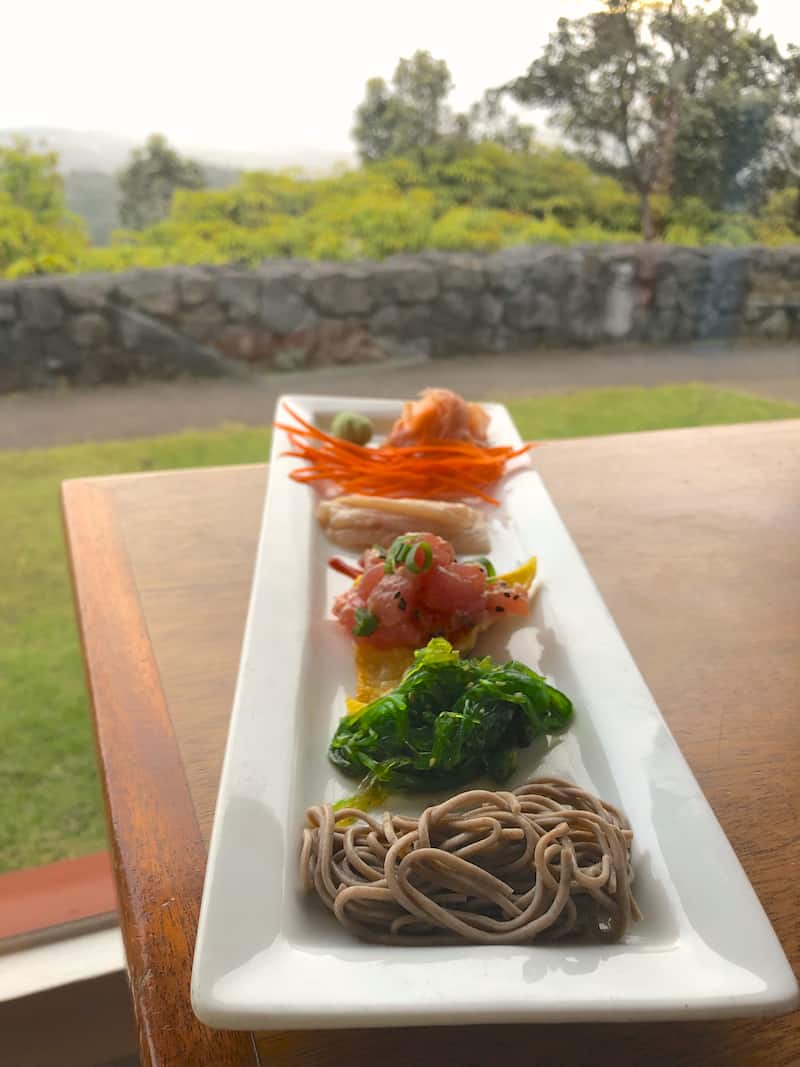
Where to Eat in Hawai’i Volcanoes National Park
Located next to the Visitor Center, the Volcano House restaurant serves a breakfast buffet, lunch and dinner overlooking the crater. The menu features a keiki (kids) menu and entrees with Asian and Hawaiian influences.
Another place, George’s Lounge, offers a take-out menu for breakfast, lunch and dinner. Also, it serves small plates along with cocktails, local beer and wine to enjoy the view from its floor-to-ceiling windows.
Reservations are required for dinner.
Picnicking in Hawai’i Volcanoes National Park
Find picnic tables at several locations within the Hawai’i Volcanoes National Park.
- Nāmakanipanio
- Kīlauea Visitor Center
- Kulanaokuaiki
- Itilina Pali Overlook
- Kealakomo
- Hōlei Sea Arch
- Mauna Loa Lookout
Best Beaches across the U.S.
Where to Stay in Hawai’i Volcanoes National Park
The Volcano House is perched along the edge of the Kīlauea volcano. The first grass hut opened in the area in the 1840s. A timber-framed building was erected in 1866, and guests included Mark Twain. It was enlarged in 1877, and this building still stands as the Arts Center.
After a fire, the present hotel opened in 1941 and has undergone renovations over the years. Find 33 rooms, along with a dining room, lounge, snack bar and gift shop.
Reservations are required.
Camping in Hawaii Volcanoes National Park
You can find a campground 3 miles down the highway from Volcano House. During our stay, I reserved one of the camping cabins for one night.
Nāmakanipanio Campground
- Reservations accepted
- 16 sites with no hookups.
- Picnic table with a fire pit.
- Bathhouse with running water, flush toilets and hot showers.
Nāmakanipanio Camping Cabins
The vintage mid-century cabins were recently renovated. They sleep four people and are outfitted with hotel linens, including towels for the bathhouse. Electricity and a covered picnic table and fire pit are provided.
I stayed in a camping cabin for one night and found it convenient and memorable. The cabins are steps away from the main attractions of the park, and the bathhouse is in a cabin-only loop.
History of Hawai’i Volcanoes National Park
As the oldest of the Hawai’i islands, the park boasts two active volcanoes: Kīlauea, one of the world’s most active, and Mauna Loa, the world’s largest shield volcano.
While still a U.S. territory, President Woodrow Wilson signed legislation to designate Hawai’i National Park. It was renamed Hawai’i Volcanoes National Park after Haleakalā National Park, on the neighboring island Maui, and became an independent park in 1961.
It was designated a UNESCO International Biosphere Reserve in 1980. Then, the park became a UNESCO World Heritage Site in 1987.
The People of Hawai’i Volcanoes National Park
The Native Hawaiian People
Originally, people from the Society Islands crossed the Pacific Ocean to reach the Hawaiian Islands, the most remote islands on earth. Though dating is imprecise, the first people are thought to have arrived in 1000 AD.
Traditional Hawaiian society was stratified with a ruling royal class, skilled experts, laborers and outcasts. The volcanoes were believed to be the home of Pele, the goddess of fire in the Hawaiian religion.
The CCC
The Civilian Conservation Corps crews arrived at Hawai’i National Park (its name at the time) in 1934. Part of President Roosevelt’s Works Progress Program, the CCC crews worked on conservation projects across the U.S.
During their tenure, the men of the CCC cleared brush and dead wood and laid the foundations for several buildings.
Japanese WWII Internment
After the attack on Pearl Harbor on December 7, 1941, marital law was enacted. People of Japanese descent in Hawaii were forceable detained at 17 sites across the island chain, including a site near Hawai’i Volcanoes National Park.
The Kīlauea Military Camp was repurposed into a detention center for those Japanese immigrants living on the Island of Hawai’i. All detainees were transferred to Oahu within a few months.
Notable Visitors
Mark Twain visited the erupting Kīlauea in 1866 as a newspaper correspondent. During his visit, he stayed at the Volcano House, that building was destroyed.
Lt. Charles Wilkes visited the area during a surveying mission for the U.S. in 1840. Part of a round-the-world expedition, six ships and over 300 men were out to sea from 1838 to 1842.
Weather in Hawai’i Volcanoes National Park
The weather is fairly constant year-round, with temperatures averaging between 67 and 73F (19 to 22C). Rain can happen any day, so pack a rain jacket. Spring is the wettest season, with an average of 25 inches (63 cm) of rain. Summer is the driest season, with 8 inches (20 cm) of rain a month.
Other Park Sites on the Island of Hawai’i
Kahuku Unit
Once the largest cattle ranch on the island, this area is on Mauna Loa, the largest shield volcano in the world. Walk through the interpretive area or take a hike. It’s part of the Hawai’i Volcanoes National Park and added to the park later.
Located off of Highway 11, between mile marker 70 and 71. It’s open Thursday to Sunday from 8 a.m. to 4 p.m.
Punalu’u Beach
Spend some time on a black beach, it’s a bucket list to do. The black sand is actually lava from nearby eruptions broken down by the surf. Panalu’u Beach features coconut palms along with a food trailer.
Located south of Hawaii Volcanoes National Park off Highway 11 at the end of Ninole Loop Road. Find street parking nearby.
Pu’uhonua O Hōnaunau National Historical Park
This park site explores traditional Hawaiian culture, especially the Hawaiian royals. The area is protected by a 400-year-old wall, and traditionally, royal visitors entered via the ocean. Also, walk by the fish ponds and see traditional Hawaiian games, along with a temple and canoe huts.
This area is for cultural exploration, not recreation. Many activities are prohibited, including pets and picnicking.
Located on State Highway 160 in Hōnaunau. Open daily from 8:15 a.m. to sunset. Admission is $20 for a 7-day pass for a private vehicle.
Kaloko-Honokōhua National Historical Park
See the largest fish pond in Hawaii, used to cultivate fish for harvesting. The Honokōhua beach is home to Hawaiian green turtles.
Located off Queen Ka’ahumanu Highway, south of mile marker 97. Open daily from 8:30 a.m. to 4 p.m. This park is free to enter.
Gateway Towns on Hawai’i Island
Hilo
A gateway city on the Island of Hawaii, find lodging and dining options. It’s on the windward side of the island, so it’s more lush and green.
Hilo International Airport (ITO) offers inter-island flights to all the Hawaiian Islands several times a day along with North American and international flights.
If visiting Hilo, consider touring the Pacific Tsunami Museum located at 130 Kamehameha Ave.
Kailua-Kona
Another gateway to the Big Island of Hawaii is Kailua-Kona, which is on the leeward side of the island and experiences less rainfall. This side has more resorts and the Kona coffee plantations, which are a must for coffee drinkers.
Find the Kailua-Kona International Airport (KOA), the largest of the island’s airports. It offers inter-island flights to all the Hawaiian Islands several times a day, along with North American and international flights.
Getting To Hawai’i Volcanoes National Park
Located in the southeast corner of the Hawai’i Island (Big Island), it’s approximately 30 miles from Hilo and nearly 100 miles from Kailua-Kona.
It is open 24 hours a day, 365 days a year, though volcanic conditions can cause closures. Admission is $30 for a 7-day pass for a private vehicle.
Know Before You Go
- You will need a car to visit Hawai’i Volcanoes National Park. Rent one at the airport.
- Rain is common year-round pack a rain jacket for sudden showers.
- Limited food and water at the Hawai’i Volcanoes National Park.
- Stay on boardwalks and trails during your stay. Uneven surfaces are frequent.
- Use care when exploring steam vent areas, older and younger guests are effected by the gases.
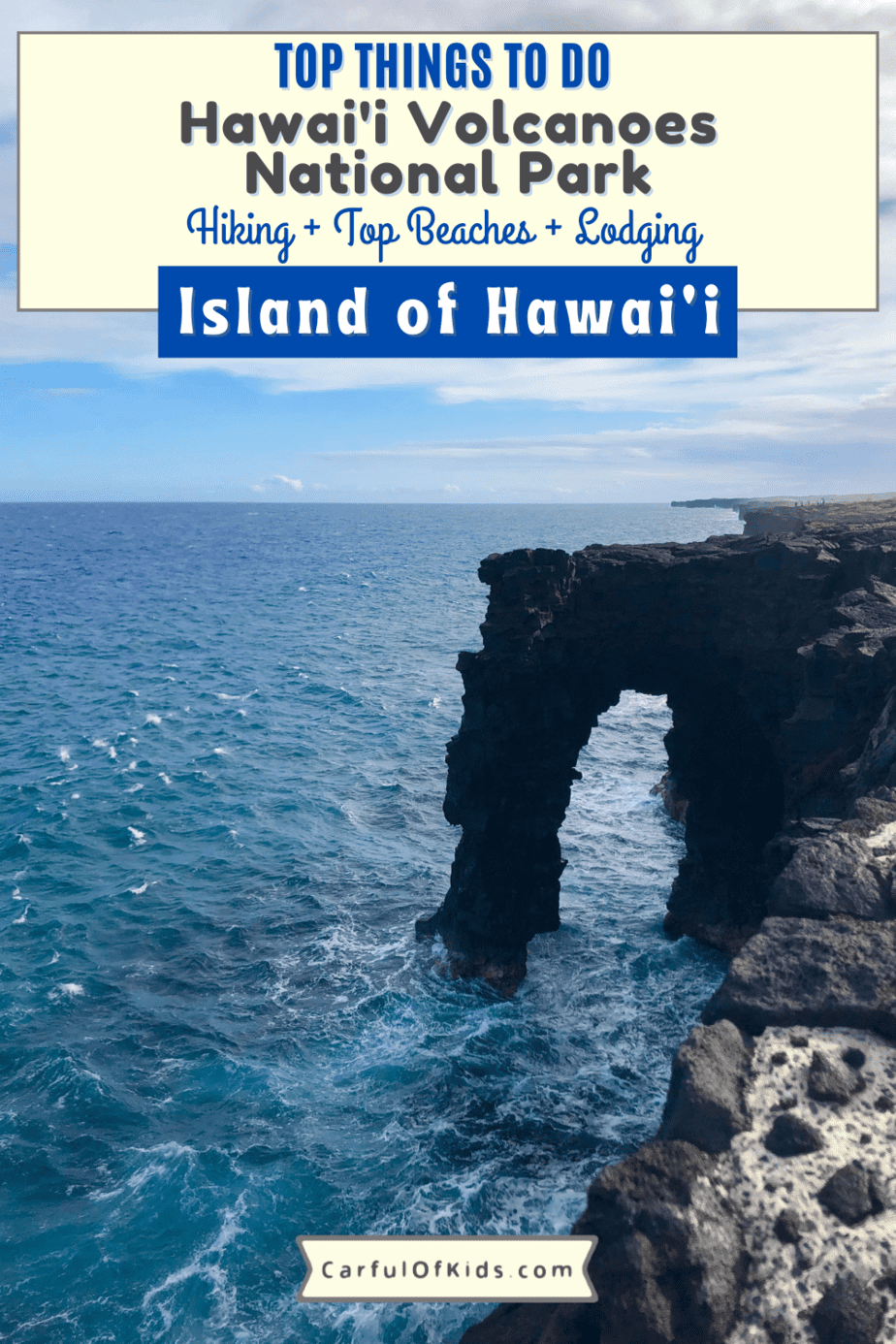
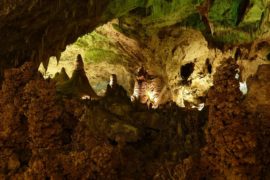
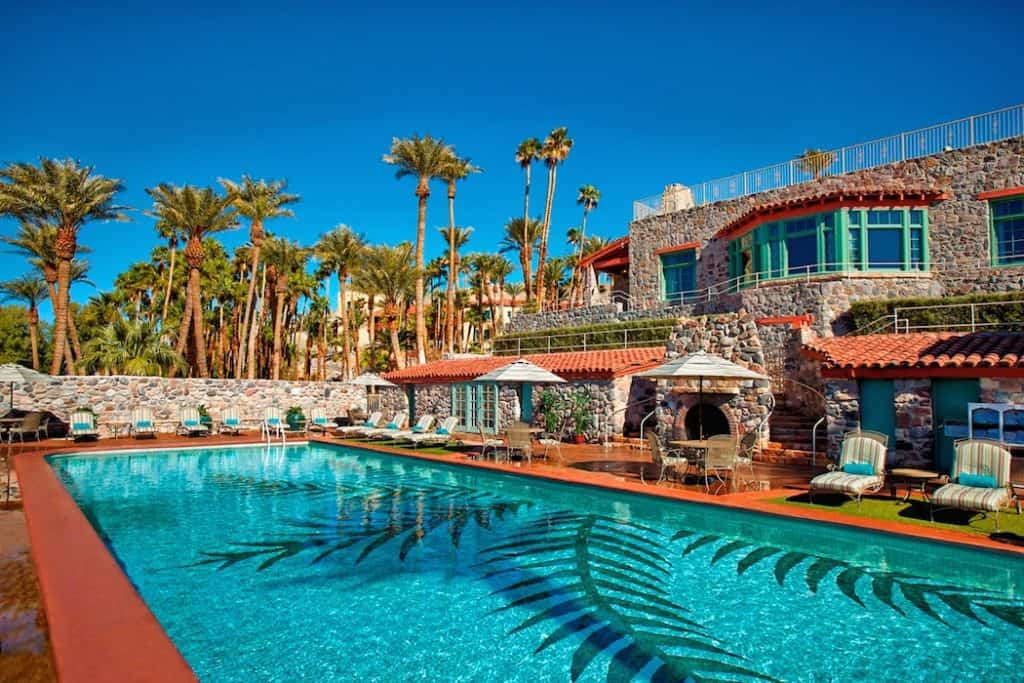

Comments are closed.